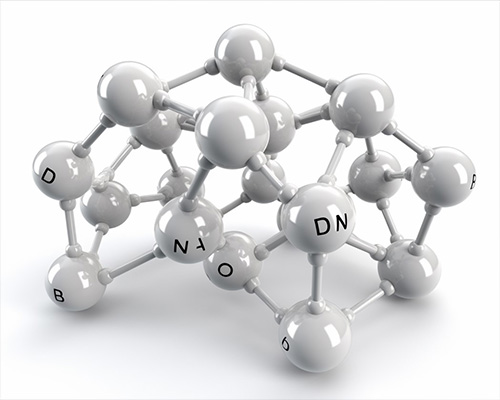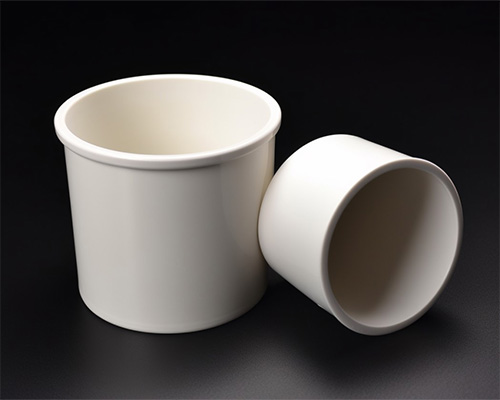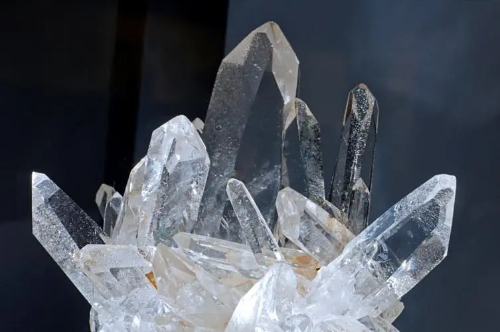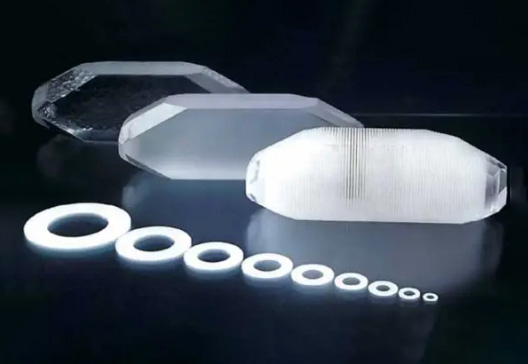Pyrolytic Boron Nitride: Layered Structure and Simple Quality Assurance
What is Boron Nitride?
Boron nitride is an electric insulator with a low coefficient thermal expansion and strong corrosion resistance. Due to its low hardness, it is frequently used as a machinable material. Pyrolytic boron nitride is a thin boron nitride material (1-3mm) produced using CVD processes.

What is Pyrolytic Boron Nitride?
Pyrolytic boron nitride has a lot of enhancing properties due to its unique structure. As the material is “grown” from chemicals around in gas phase, PBN by nature has a layered structure. The strong, thin, and paralleled slices of PBN give this material flexibility, which is abnormal for most ceramics, including hot-pressed boron nitride. Although PBN is thin and semi-transparent, PBN thick discs are very durable.
*It takes a large force to take this 3mm PBN disc apart, and it’s significantly layered before broken.

What are the Applications of Pyrolytic Boron Nitride?
PBN material is used to make a crucible for growing single crystals in most cases. For this application, it would be a serious issue if the slices tore apart from each other. As the crystal growth process requires accurate temperate control, the lower thermal conductivity caused by the layered structure will be harmful. During manufacturing, it is common to build up some internal force inside the PBN material, especially on the tips, and this force is the major reason for layered defects in PBN products. For this reason, the VGF crucible is harder to make and costs considerably more than simple shape crucibles.
It is quite simple to examine if a PBN part is layered. As the material is usually quite thin, it is semitransparent. Under strong lights, there will be a shadow at the layered area or spot which was formed due to a small piece of impurity. Though it looks normal from the outside, these flaws may have negative effects on crystal growth. Qualified PBN supplier SAM is treating both of these flaws are unqualified products and will not pass the QC process.
*Layered crucible tip. It can be detected with the LED on a cell phone.

Conclusion
Thank you for reading our article and we hope it can help you learn how to improve the properties of PBN material well. If you want to know more about PBN material and other ceramics, we would like to advise you to visit Stanford Advanced Materials (SAM) for more information.
Stanford Advanced Materials (SAM) is a worldwide supplier of Boron Nitride products and has over two decades of experience in the manufacture and sale of tungsten products, offering high-quality boron nitride to meet customers' R&D and production needs. As such, we are confident that SAM will be your favorite boron nitride supplier and business partner.





